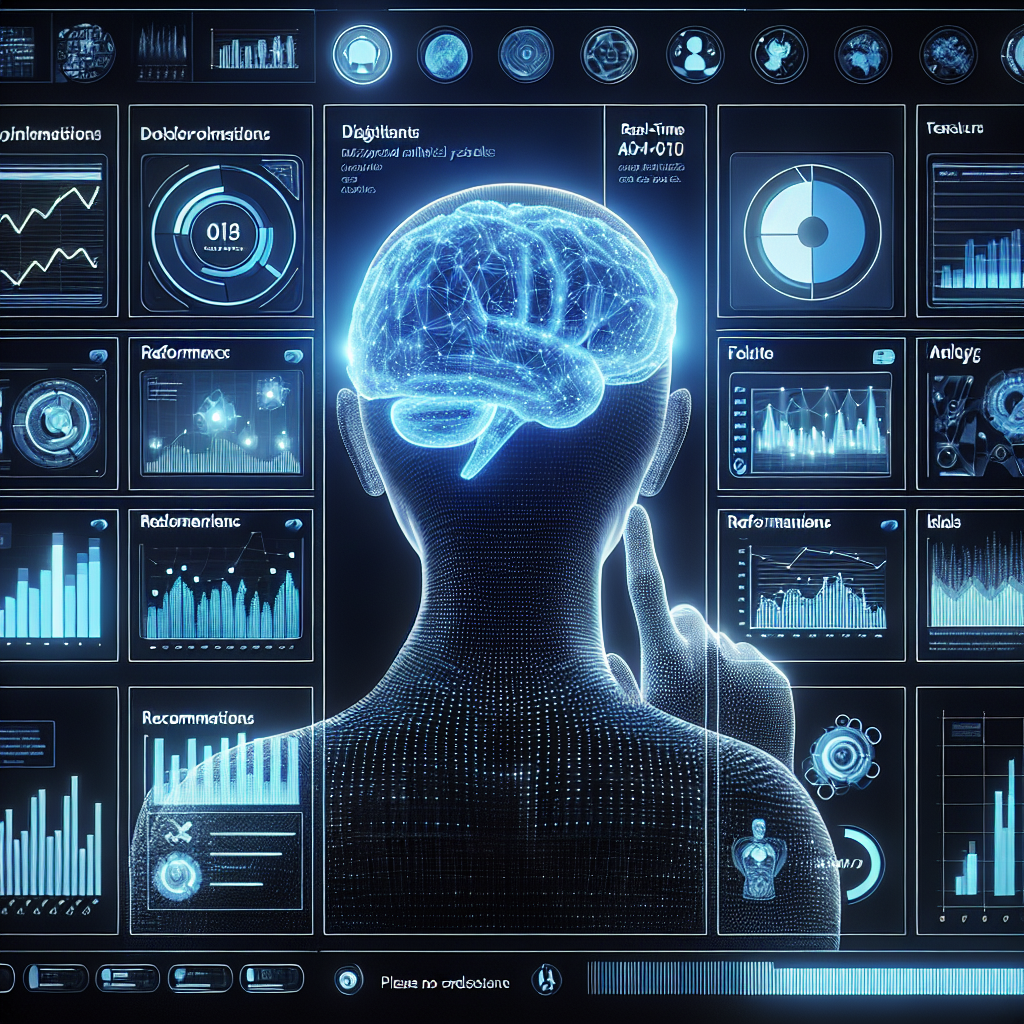Introduction to Marketing KPI Forecasting with AI
In the modern marketing landscape, data drives decisions. Key Performance Indicators (KPIs) such as customer acquisition cost, return on ad spend (ROAS), conversion rates, and engagement metrics are central to evaluating marketing effectiveness. However, measuring past performance is only one side of the equation. Forecasting future results is where the real strategic value lies. Marketing KPI forecasting with Artificial Intelligence (AI) merges historical data with predictive algorithms to help organizations make smarter, forward-looking decisions.
Why Forecasting Marketing KPIs Matters
Forecasting helps marketing teams plan budgets, allocate resources, and set realistic performance benchmarks. By projecting how campaigns may perform based on historical data and external factors—like seasonality, market trends, and customer behavior—marketers can shift from reactive to proactive strategy.
Key benefits of KPI forecasting include:
- Enhanced decision-making and strategic planning
- Optimized budget allocation based on likely performance
- Improved campaign timing and targeting
How AI Enhances KPI Forecasting
Traditional forecasting methods often rely on linear models or basic trend analysis, which may overlook complex patterns. AI-based systems—powered by machine learning, neural networks, and natural language processing—can analyze vast datasets and identify nonlinear relationships and hidden patterns that are impossible to detect manually.
AI improves KPI forecasting by:
- Handling large and diverse datasets efficiently
- Identifying correlations and causations hidden in the data
- Continuously learning and adapting to new data
- Automating repetitive analysis tasks to reduce human error
Popular AI Techniques for Marketing Forecasting
AI employs several types of models for accurate KPI forecasting:
1. Time Series Analysis
AI models such as ARIMA, Prophet, and LSTM are widely used for forecasting time-bound KPIs like website traffic, sales conversions, or ad impressions.
2. Regression Models
These models predict specific KPI outcomes—like cost per acquisition—based on multiple input variables including marketing spend, user demographics, and content type.
3. Classification Algorithms
Churn prediction or lead scoring often uses classification models like decision trees, random forests, and logistic regression to segment and forecast user behavior.
Implementing AI-Based Forecasting in Your Marketing Strategy
To get started with AI in KPI forecasting, follow these steps:
- Define Clear Objectives: Determine which KPIs you want to forecast and why they are important to your marketing goals.
- Collect and Clean Data: Ensure that data used for training AI models is consistent, accurate, and relevant.
- Choose the Right Tools: Leverage platforms like Google Cloud AI, AWS Forecast, or build custom models using Python libraries (e.g., scikit-learn, TensorFlow).
- Train and Test Models: Use historical data to train models and test their accuracy with backtesting methodologies.
- Monitor and Adjust: Continuously track performance and retrain models as data evolves.
Real-World Applications and Use Cases
AI-based forecasting is already transforming how companies operate their marketing efforts:
- E-commerce: Predicting product demand and customer lifetime value to adjust advertising spend.
- SaaS Companies: Forecasting churn rates and upselling opportunities to improve customer retention strategies.
- Retail and FMCG: Anticipating seasonal trends to optimize inventory and promotional planning.
Challenges and Considerations
While powerful, AI isn’t a silver bullet. Key challenges in AI-based forecasting include:
- Data quality and availability
- Model interpretability and complexity
- Dependency on historical trends that may no longer be valid
- Privacy and ethical considerations around data use
Companies must ensure transparency, maintain governance over their AI systems, and regularly validate that these tools align with business goals and ethical standards.
Conclusion
Incorporating AI into marketing KPI forecasting empowers organizations to make data-driven decisions with greater precision and confidence. As AI technologies evolve, their ability to predict future marketing outcomes will only become more accurate and accessible. By embracing AI today, marketers position themselves for tomorrow’s growth and resilience in an increasingly complex digital ecosystem.







